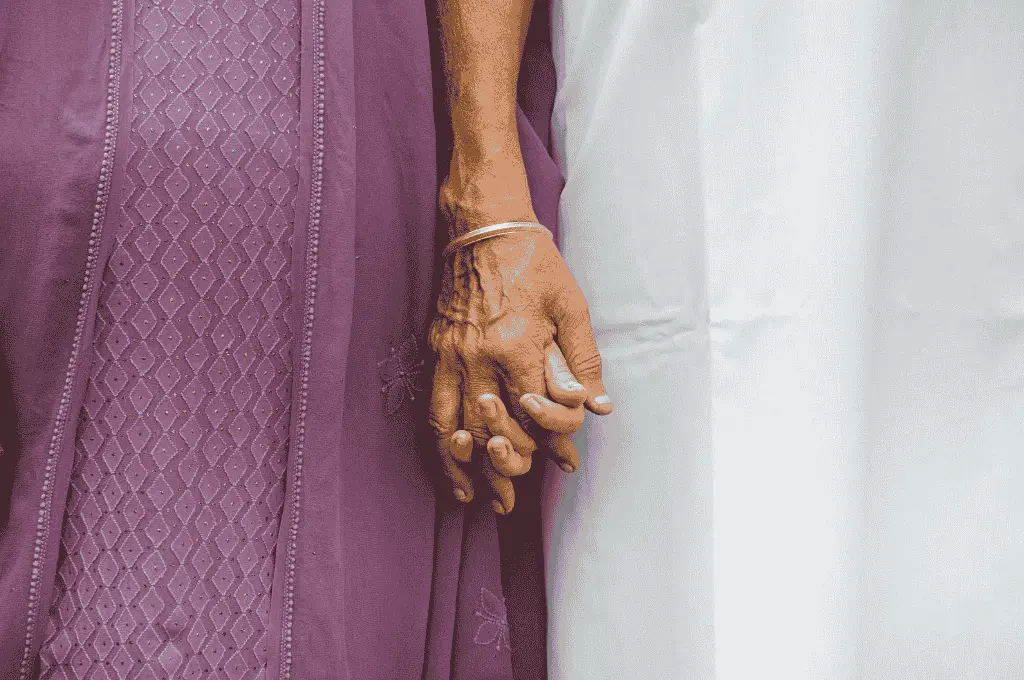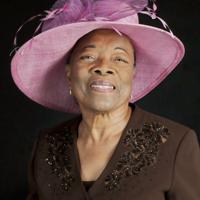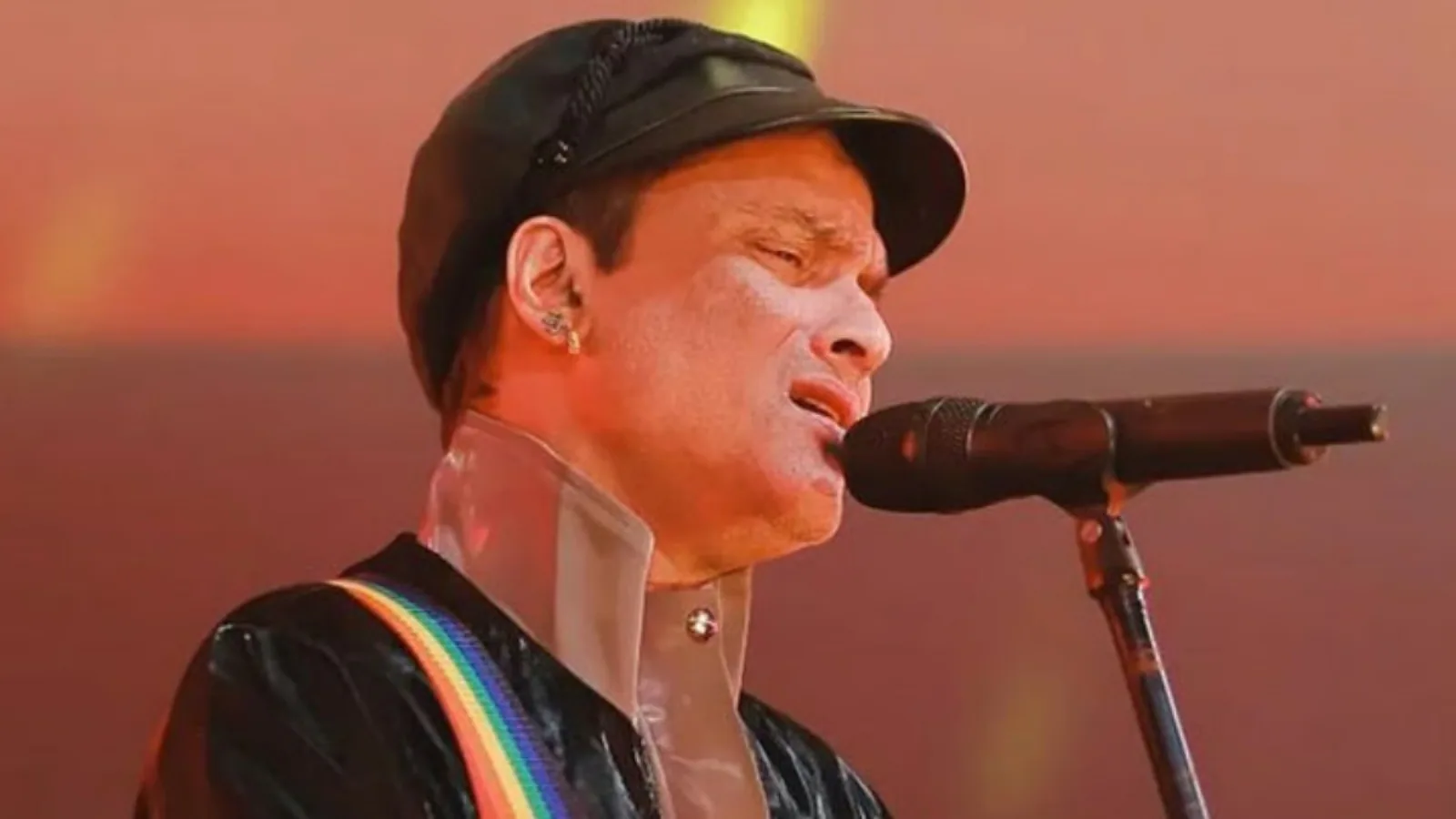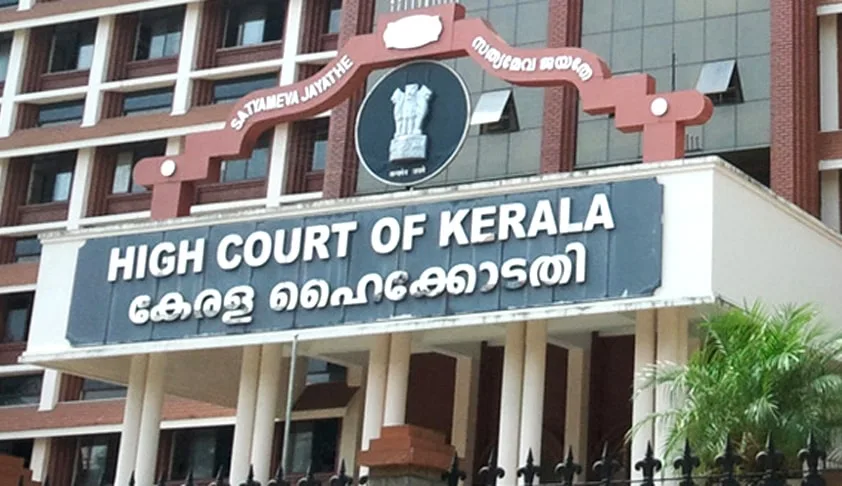By Syed Mujtaba,Tanupriya Singh
Copyright idronline

For decades, the Kashmir Valley has witnessed unrest, uncertainty, and violence. However, the focus of the conflict in mainstream narratives remains geopolitics and security, and the human cost has been under-recognised. The people of Kashmir have been facing psychological and emotional distress across generations.
The genesis of trauma in Kashmir is rooted in its political history. The armed revolt that broke out in 1989 initiated a never-ending cycle of violence between militants, forces, and civilians. The Ministry of Home Affairs’ annual report for FY 2020–21 notes that, since 1990, 14,091 civilians and 5,356 security forces personnel have lost their lives in Jammu and Kashmir.
According to a local organisation here in Kashmir, more than 70,000 people have been killed since the start of the uprising. Further, the Association of Parents of Disappeared Persons has recorded over 8,000 cases of enforced disappearances.
These numbers are more than just statistics. They are lives cut short, families broken, and histories unresolved. Trauma is a family legacy, and therefore gives shape to the very essence of Kashmiri identity.
The impact of intergenerational trauma
Intergenerational trauma is the passing of the emotional, psychological, and occasionally even physiological impact of trauma from one generation to the next. In Kashmir, academic research on this topic is in its nascent stages, although clinical practitioners, mental health professionals, and residents have recognised or experienced the existence of such trauma for a long time.
1. What do the numbers say?
Dr Mushtaq A Margoob, a noted psychiatrist from Kashmir, conducted a study on intergenerational trauma. Using DSM-IV guidelines, 56 children aged three to 16 years were diagnosed with post-traumatic stress disorder (PTSD) at Government Psychiatric Diseases Hospital, Srinagar.
The most common mode of exposure to trauma was by witnessing it (75 percent).Children re-experienced trauma through distressing dreams or nightmares (85.71 percent).Avoidance of people and places related to the original event was another major trauma indicator (85.17 percent).Most children had an acute onset of PTSD (92.85 percent), and a majority of cases were diagnosed in the chronic stage (71.43 percent), indicating a delay in diagnosis.
In 2015, Médecins Sans Frontières conducted a systematic examination of mental health in Kashmir through a survey of 5,428 households, and reported that:
45 percent of Kashmir’s adult population exhibited symptoms of severe mental distress,41 percent of the respondents had probable depression,26 percent had symptoms of PTSD, and48 percent had symptoms of disorders related to anxiety.
Perhaps the most alarming aspect of the survey is how this distress finds its way into the next generation. Children whose parents have PTSD tend to show behavioural disturbances, inability to concentrate in school, and emotional dysregulation. Teachers in schools all over Kulgam and Baramulla are reporting more instances of aggression, withdrawal, and absenteeism among students from conflict-affected families.
2. The impact on Kashmiri women
Women both suffer and carry the burden of intergenerational trauma. This is due to the gendered impacts of social practices and political conflict, as well as lack of access to mental health services.
The intergenerational trauma caused by mass violence and sexual assault remains deeply etched in Kashmir’s collective memory, shaping the psyche of entire generations.
Despite India’s push for digital mental health services, the reality is that rural women face a significant digital divide.
The widows of conflict are often referred to as ‘half-widows’, as the death of their husbands cannot be confirmed. This unresolved grief often forms the environment in which their children are raised. Regressive social practices compound the problem. For instance, cases of enforced pregnancies or marriages with close kin may be normalised by families or communities, but the underlying mental health consequences for women and girls are rarely addressed.
One of the only structured interventions available locally is the District Mental Health Programme. However, most mental health professionals are men, with very few female psychiatrists or trained counsellors available. Many women may hesitate to approach male professionals due to stigma or social restrictions, further reducing access.
Despite India’s push for digital mental health services through initiatives such as Tele MANAS, the reality is that rural women face a significant digital divide. Digital literacy levels remain low, and even when helpline numbers are available, women are often unable or hesitant to use them.
Psychosocial responses of children and teenagers
Dr Neelofar Jan, a Srinagar-based psychiatrist, highlights two extreme patterns of behaviour that have been widely seen in children and teenagers who come from conflict-affected families.
Many children in Kashmir have witnessed violence up close.
On one hand, there is hypervigilance and hypersensitivity towards one’s environment. Neutral stimuli tend to be viewed as threatening, and an exaggerated startle response is a commonly observed reaction. An attributional bias—where hostile intent is automatically presumed in neutral interactions—is also frequently seen. These children are typically found to be in a perpetual state of ‘fight mode’, where anger, irritability, or aggression mask underlying sadness and social isolation.
On the other end of the spectrum is emotional numbness, detachment, and passivity. The ‘learned helplessness’ state is often internalised in such cases. There is very little emotional expression, and it is mostly seen that these children no longer view the world as a safe or dependable place.
Many children in Kashmir have witnessed violence up close. When the state or society fail to offer justice or healing, what children understand is that they can’t do anything to change their reality. This is what learned helplessness looks like—living as if one’s actions do not matter because repeated experiences of trauma have convinced you that you have no agency.
Intergenerational resilience and community coping methods
Kashmiris have evolved a range of coping strategies to deal with the prevailing uncertainty and trauma.
1. Religion and spirituality
Religion and spirituality, such as Sufi practices, are significant frameworks through which suffering is explained and tolerated, providing existential meaning and emotional comfort.
Sufi shrines in Kashmir have historically been important community spaces for healing and collective well-being. If thoughtfully regulated, these spaces could also be institutionalised for mental health awareness. During my experience with a mental health psychosocial support programme, we explored the idea of training religious leaders to speak about mental health. The reasoning was simple: While a professional might struggle to gather an audience, religious leaders naturally draw large congregations on Fridays and other occasions. Their sermons carry weight and can be powerful vehicles for reducing stigma and encouraging care-seeking.
Over the past three years, we have already seen promising examples. On the International Day Against Drug Abuse (26 June), the Institute of Mental Health and Neurosciences (IMHANS) collaborated with the J&K Waqf Board. Religious leaders on the board’s payroll were provided with basic information on mental health and substance abuse, and they incorporated this into their sermons.
2. Art and cultural expression
Community coping in Kashmir has often taken the form of literature, poetry, and visual art, which have provided outlets for resistance and catharsis. Writers such as Mirza Waheed and scholars like Ather Zia have documented the ruptures of everyday life under conflict. Their work shows how aesthetics and storytelling become modes of survival, where lived experiences of violence, loss, and displacement are transformed into narratives that assert dignity and memory.
Today, the tradition continues not only through books and poetry but also through calligraphy, painting, and even rap music among the younger generation. In the absence of institutional mental healthcare, art helps people in processing pain, reclaiming a sense of agency over their trauma, and articulating what is often silenced in official accounts.
3. Women’s gatherings
Social support has also emerged as an important buffer against psychological distress. In periods of curfew or violence, informal therapeutic environments are established through shared solidarity across neighbourhoods, enabling collective healing.
A few years ago, most houses did not have boundary walls. Women would gather, share their concerns, and support one another. These informal assemblies were a way of life and served as organic spaces for emotional release. However, intermittent conflict, disappearances, and a growing sense of insecurity have pushed people to build boundaries around their homes.
Alongside shrines, smaller groups such as women’s self-help groups can become effective, low-cost entry points for integrating mental health conversations.
Institutionally, what needs to be done?
1. Expansion of access
If trauma can be inherited, so can healing. For Kashmir to move towards collective recovery, it needs an overarching and sympathetic institutional framework that ensures access to mental healthcare beyond cities. Rural areas, where services are nearly non-existent, must be prioritised through primary health centres, mobile mental health clinics, and community-based care. Outreach programmes should integrate mental health into general health services, reducing the sense of isolation and stigma attached to seeking help. Partnerships between government health departments, nonprofits, and local communities can build networks of accessible, affordable, and culturally sensitive care.
2. Reduction of stigma
Despite gradual progress, stigma around professional help remains a major barrier. Families often resort to silence, prayer, or informal networks rather than seeking therapy or counselling. While institutions like IMHANS in Srinagar have piloted school-based counselling and outreach initiatives, these remain scattered and limited in scope. Normalising conversations about mental health at panchayat meetings, religious institutions, and community centres is essential. Mothers and women’s groups in particular must be engaged and empowered, as they are often the first to notice distress in children and young people. Destigmatising mental health will require sustained awareness campaigns, role models speaking openly about therapy, and integration of psychosocial discussions into everyday public life.
3. Schools as safe spaces
Schools can play a transformative role in addressing trauma across generations. Appointing counsellors in government and private schools, rolling out tele-therapy initiatives for remote areas, and running mobile clinics that reach conflict-prone villages can provide children and adolescents with spaces to process their realities. Beyond counselling, curricula should include trauma-informed education that helps young people make sense of the violence they have inherited, but without normalising it. Collaborations such as the one between IMHANS and the J&K Board of School Education and others to introduce the mental health ecosystem within curricula must be scaled up. Teachers need training not just to identify signs of distress but also to respond sensitively and prevent further harm.
4. The role of policy and research
Finally, there is a pressing need for tailored policies and sustained research. The Mental Healthcare Act, 2017, establishes a legal right to mental healthcare, but its implementation in Jammu and Kashmir remains weak. State-level mental health policies must allocate dedicated budgets, mandate integration of mental health into primary healthcare, and ensure services are free or low-cost for marginalised communities. Interdisciplinary research documenting intergenerational trauma, local coping mechanisms, and community healing practices can inform culturally appropriate interventions. Universities, research institutes, and civil society organisations should collaborate to collect oral histories and trauma narratives, ensuring memory is preserved not just as pain but also as a call for justice and healing.
Learn how to support well-being in resource-constrained environments.Read about how recognising trauma can open up new pathways for social change.Explore physician and author Gabor Mate’s work on trauma.



